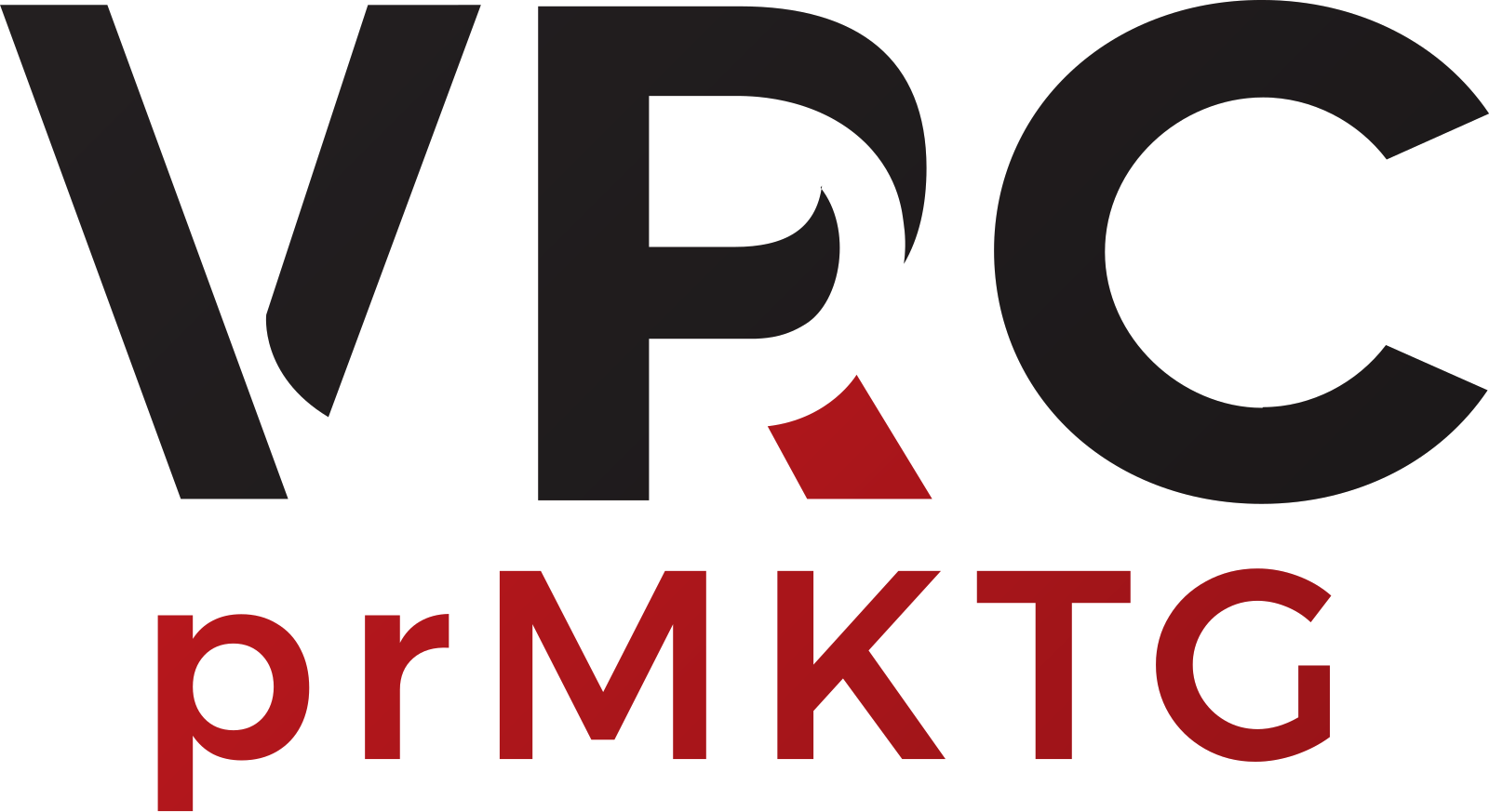A crisis and development communications guide for business managers, NGOs, and founders in Sierra Leone
Three weeks ago Sierra Leone was one of the last remaining countries in the world to record a positive case of the COVID-19 Coronavirus. Now that there are active cases, and the government has put measures in place to curb the spread of the virus, businesses and NGOs find themselves in uncharted waters.
As everyone adjusts to the new crisis mode realities, how you as a leader or manager communicate your response is critical. Whether you’re launching new services or products as part of relief efforts or scaling down, for the time being, all communication messages need to be clear, substantive, intentional, and empathic to the needs of the public.
Here are 7 tips to guide your crisis communications efforts. When it comes to what you need to say during a crisis, preparation prevents panic. These tips will help you think through your stakeholder engagement approach and save you costly mistakes.
Review your communications plan.
Make sure that it aligns with the evolving conditions around COVID-19 and your business operations. As you scale to respond to the crisis, either by introducing new services or cutting back, the message that should go out to your stakeholders should reaffirm trust, and you should still focus on relationship building. For those opting to cut back, you can still continue to connect with your customers to build a community around shared concerns.
Engage your stakeholders – including your Customers, the Community, and Staff – and let them inform your relief response.
Do not hesitate to conduct phone interviews, Whatsapp surveys, and use social media to collect information and data on their needs. The only way to engage your stakeholders is through empathy. Opt for a bottom-up approach to your crisis response. When their input drives what you do, you build more trust and stronger relationships.
Don’t Jump on the COVID-19 Bandwagon.
Internet demand has risen by 50% across the world in response to the crisis, we are all being bombarded by content as organizations battle for visibility online. Stay grounded in your own realities and don’t allow the fear of missing out on a trending or popular relief response driven by other agencies, brands, and organizations drive away from tailoring a response that matches the needs of your stakeholders. For example, webinars are currently trending globally as a means of engagement but are they right for you and your stakeholders?
Your Communications Must Be Agile
Develop a 6-12 month agile communications strategy that aligns with your organization’s evolving goals and objectives. Due to the changing nature of the pandemic, being flexible will reduce the likelihood of making seat-of-the-pants reactionary decisions and give you room to have a planned response that stays true to you and your stakeholders’ needs.
Silence is not golden, keep engaging – but don’t over-do it.
Organizations that go completely silent, and stop communicating and engaging with their stakeholders will find it hardest to rebuild relationships in the post-COVID recovery period. Even if you decide to shut down or scale back, you should have a communications strategy in place that shows how and why your response is in the best interest of your stakeholders. But be mindful of what and how much you communicate; excessive communication could end up turning your customers off.
Be careful what you share.
As the COVID-19 crisis deepens, each day brings its own set of local and global conspiracy theories and fake news. Resist the urge to share unverified viral information on your organization’s digital communications channels so as to not unnecessarily ruin your reputation or breach trust. Whether it is your original content or something that you shared from elsewhere, the damage to your organization will remain.
How you say it is as important as what you say.
The words and language we use in messages always matter. During a crisis, they matter even more. Use words that communicate the gravity of the crisis without increasing fear or panic. The tone for communications should be sincere, calm, direct, respectful, helpful, and optimistic.
As Sierra Leone deals with the crisis things will continue to evolve. Throughout the crisis, one thing to keep in mind is that you and your stakeholders are in this together. Although the impact of the crisis will vary from one organization to the next, everyone is trying to cope with this force majeure, a little empathy goes a long way.
Steph Malyon and I are communications professionals with 25 years of experience, 13 in Sierra Leone. In response to the urgent need for crisis communications in light of the COVID-19 pandemic, we’ve come together to form a Development & Crisis Communications Advisory to support the private, public, and nonprofit sectors with messaging, engagement, and storytelling. If these tips were helpful do pass them on and if you’re looking for communications support get in touch.
About the authors

Steph is an international communications consultant specializing in helping public, non-profit and small private-sector organizations engage more effectively with their stakeholders, be it teachers in Sierra Leone, smallholder farmers in Kenya or international donors.
Vickie is a professionally trained journalist and heads her own marketing communications company with clients in Ghana, Sierra Leone, and Liberia. She specializes in emerging markets communications and is a media advisor to entrepreneurs, policymakers and project leaders in the private and public sector seeking to amplify impact and reach with content production, strategic communications, and marketing.

